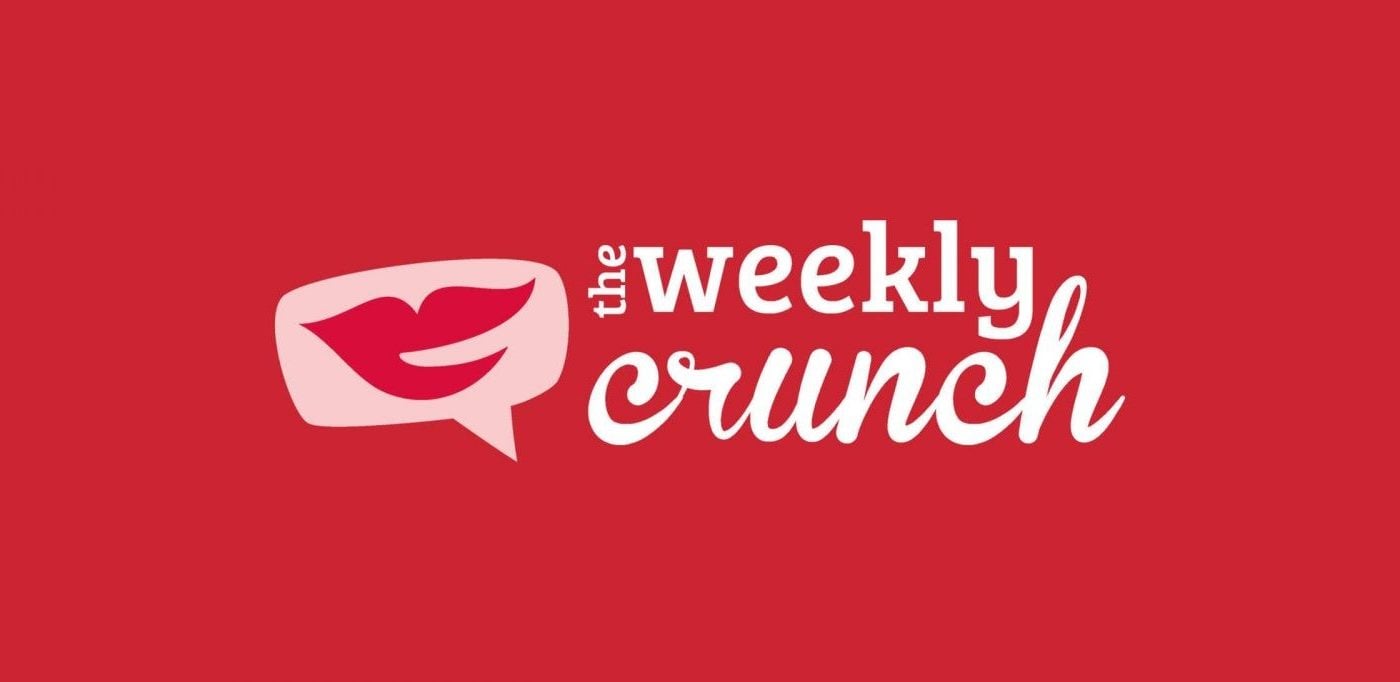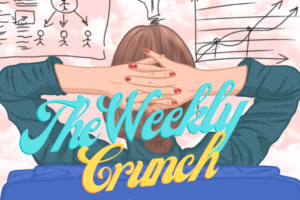Tackling Ageism In Advertising
Despite profound changes to the age structure of our society, ageism is still rife: one in three people within the UK report experiencing age prejudice or age discrimination. Attitudes to ageing are overwhelmingly negative, according to a new study by the Centre for Ageing Better, with older people subject to a litany of damaging stereotypes. The report, which reviewed all existing research on attitudes to ageing, found that women and people from black and minority ethnic groups, in particular, are facing “double jeopardy” of discrimination.
Our new research shows that in spite of the progress we’ve made towards challenging discrimination in Britain, we still have an ingrained culture of pity, dislike and disassociation towards older people – Anna Dixon, Chief Executive at the Centre for Ageing Better, said-. Ageism is deeply damaging, and yet all too often it isn’t taken as seriously as other forms of prejudice or discrimination. Britain is long overdue a fundamental culture shift to overturn these attitudes, and the media, a key driver of negative attitudes, representing ageing as a crisis or a societal burden, needs to reflect the diverse experiences of people in later life.
Maybe, a little revolution would come from the advertising field itself if only the industry would let professionals over 40 to keep expressing their own creativity. Unfortunately, in the creative industry of marketing, media and advertising, very few 40-plus people can break into the sector and many find it hard to remain past a certain age. People over 40 are feeling overlooked, undervalued and, at worst, invisible. That’s why Anna Dalziel, Anna Scholes and Charlotte Read, created 40 Over Forty. The initiative was built to give men and women who are 40-plus a platform to be acknowledged and celebrated for their experience, talent and the positive impact they make on their field taking aim at ageism in advertising by calling on the industry to nominate the best talent over 40 from across the industry.
There hasn’t been anywhere to celebrate professional success and achievements beyond the age of 30 until today. That has to change- Anna Dalziel, Founder of 40 Over Forty said.- Mindsets of employers, and in turn employees need to change so that the being 40 marks the start or next phase of a career. We should celebrate our number. Whilst we absolutely want to highlight youth in our industry, it’s time to celebrate the expert talent too.
The platform will share the experiences of all those nominated, and at the end of the year, the top 40 Over Forty will be compiled by a public vote.
We’re determined to acknowledge the contribution people over 40 make to the advertising, marketing and media industry. We can’t wait to see the nominees on our platform and read about the breadth of talent out there. This is not an award; this is the start of a movement- adds Dalziel.- There are more conversations right now than ever before around ageism in the ad industry. Society isn’t made up of one type of person, we know this from many diversity studies and from opening our eyes, and that includes different ages. To effectively communicate and be part of society and culture, businesses, agencies and brands need to reflect the diverse range of the world.
Amongst the experts who are changing the narrative in advertising, Cindy Gallop, an iconoclastic former advertising executive. She is working with AARP on its Disrupt Aging campaign seeking to change the way older Americans are portrayed in advertisements and how older advertising workers are treated, calling the field an extremely ageist industry.
Advertising is extremely ageist -she said-. I already know because I’d been vocal about this for a long time. To give you one particularly horrifying example that’s recent, I was on the Fishbowl app, which is an app that brings together workers in different industries to transparently share information and advice. I was in the advertising section, where I saw a question a senior copywriter had asked -Have any of you been managed out of the industry because of age, and at what age?- I was horrified. The answers were thirty-two, thirty-four, thirty-five, thirty-seven, thirty-nine, forty. Staggeringly young ages.
For Cindy Gallop, there’s a very simple way to address negative stereotype depictions of ageing in advertising.
When you have older people creating ads, producing, approving — problem solved. We do not create stereotypes of ourselves in any form of pop culture.



This Post Has 0 Comments